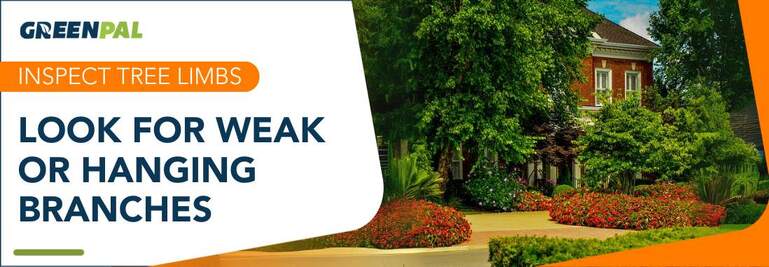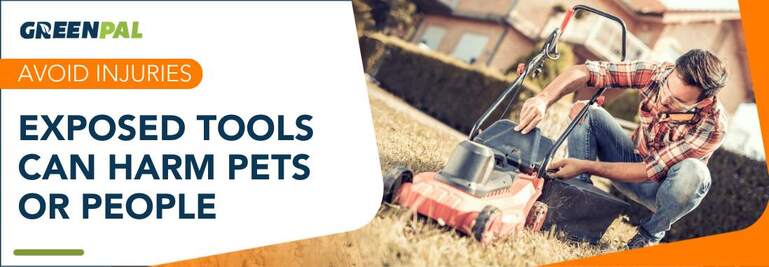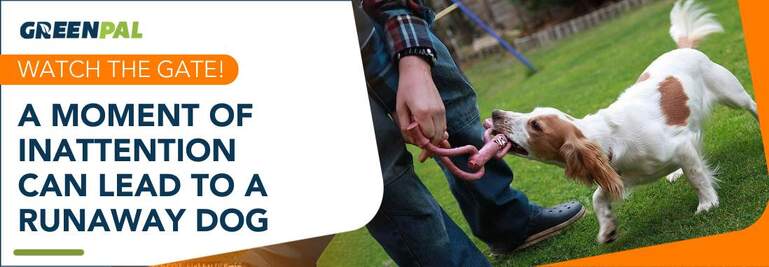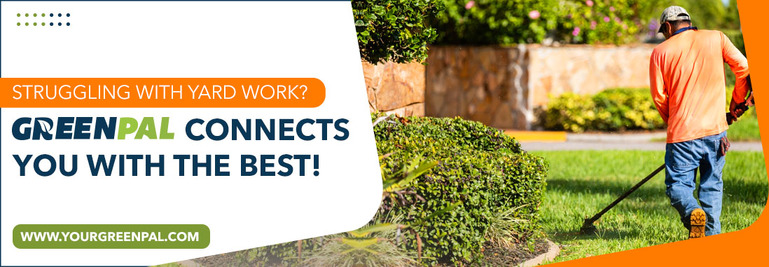12 Ways Your Lawn Could Be Harmful To Your Pets
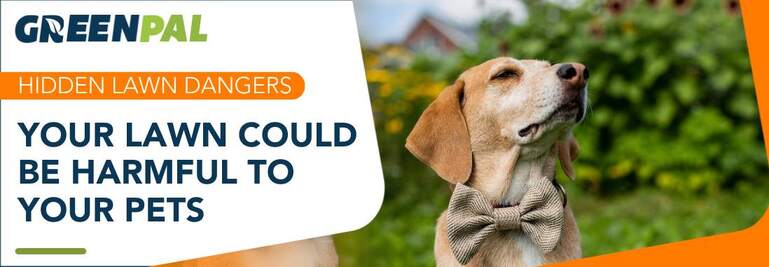
Pet Utopia: Creating a Safe Yard for Dogs and Cats
Spring is here and everything is coming back to life. From north to the deep south, people are getting back out in the sun.
Take a drive through neighborhoods and you will see folks out in their yards, working to get it ready for a great summer.
And, one thing that we all have in common, is the need for a safe and yet beautiful yard for the pets in our families.
As the saying goes, an ounce of prevention is worth a pound of cure.
So let's examine a checklist of hidden dangers in the great outdoors. Walk with me through a hypothetical yard that could very well be your own.
#1 Toxic Plants
We step out of our back door and the first thing we see is our freshly manicured and decked-out flowerbeds. The blooms are beautiful to the eye and they add a pleasant sweetness to the air. How can flowers be dangerous?
Here's the deal, many flowers are poisonous if ingested. Their blooms are a tempting snack for dogs or a lovely place for cats to roll around. Some flowering plants have berries that are toxic and fatal for our fur babies.
For example, some poisonous plants are Easter Lilies, Poinsettias, American Holly, and Alocasia. These common household and yard plants can cause anything from intestinal disturbance to death.
Additionally, cat owners need to beware of the lily plant, if your cat takes a nibble it could quickly lead to kidney failure.
#2 Check Out Your Trees
Moving right along we walk together under a grove of trees. These are perfectly harmless for our pets, correct?
First, lookup. What do you see? Are there any limbs hanging precariously, threatening to fall when a strong wind blows? We fail to think about the damage our trees can sustain during winter the months.
The last thing you need is to look out to see your cat or dog pinned to the ground and injured by a falling limb. No matter what part of the country you live in. Check your trees every spring, this is also important for hurricane preparation. You can always call a lawn service to help you out. Not only will they examine your trees, buy they will also help you rid yourself of dangerous limbs.
#3 Do You Know Where Your Pesticides are Stored?
Stepping over towards the shed where all of your lawn care equipment is stored, we see some chemical containers leaning against the side of the building. Nearby we see a bag of fertilizer, and some pesticide.
Be aware! These containers should be locked up inside the shed, safely away from pets and children. Do not risk accidental ingestion of fertilizers, herbicides, pesticides, or other lawn treatment chemicals. These things can harm or even kill both children and pets.
#4 Have You Forgotten to Put Away the Lawn Care Equipment?
Next, we step to the other side of the shed and there we see some shears, an ax, and an old push mower.
Why is this equipment outdoors? Mowers, edgers, saws, or shears can lead to accidents and serious injury.
Don't risk injury. Properly store all lawn equipment and chemicals behind the locked door of your shed or garage.
#5 Metal Lawn Edging is a Violent Thing
As we walk down the driveway, we see the horror of horrors, metal lawn edging. Look, metal lawn edging is often used to give flowerbed borders a manicured look.
What people don't realize is, for our dogs and cats that run through the yard this edging might as well be knives positioned blade edge up. Pads can be easily sliced or tendons severed.
There are many other options for trimming your drive and beds. Think before purchasing metal. If it's already down please remove it!
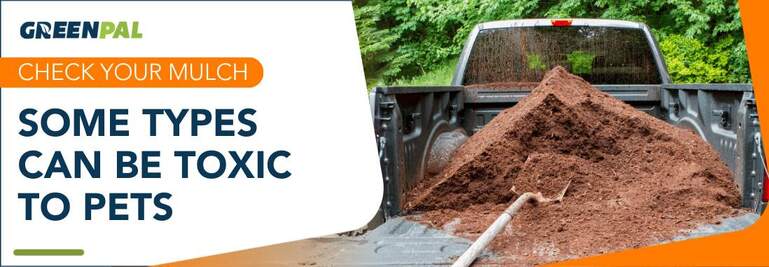
#6 Where Did You Buy Your Mulch?
We glance over at the birdbath and see it is mulched and looks beautiful. Stop! What type of mulch is this, and does it contain toxins? Cocoa bean mulch is comprised of shells or the hulls of the cocoa bean. It smells wonderful to both humans and dogs.
Dogs may be tempted to munch on some mulch. Depending on the chemical and toxins, it could lead to vomiting, diarrhea, seizures, and in some cases death.
Check your mulch! Ask your provider or only hire lawn care professionals who are trained to know.
#7 Kids and Their Toys
Now we go strolling out onto the lawn itself. As we enjoy the lush green carpet we know that our dogs and cats love it too. The kids have been playing ball and it is here we see our next hidden danger. Toys.
This is crazy nut, dogs can easily choke on small toys. Certain breeds of dogs have very strong jaws and teeth and they can chew apart any toy left within their grasp. Once pieces of chewed toys are swallowed they become hazards for creating blockages or tears in the intestines.
Caution your kids to pick up all toys when they are finished playing outdoors.
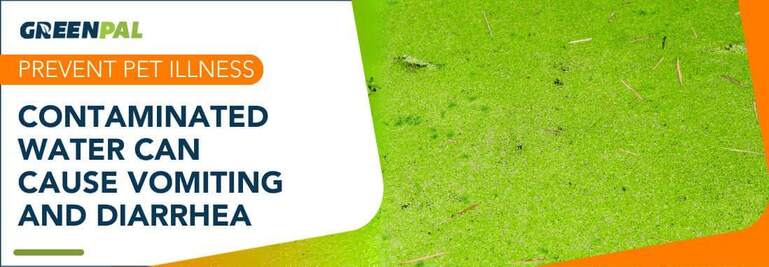
#8 Water That is Growing Algae
At the edge of the yard, we find a small pond. It's nice to look at but when we examine it closely we see green algae floating on the surface of the water. When the weather turns hot, algae grows thick. The trouble comes when a hot dog jumps in for a swim. Perhaps a supply of fresh drinking water is missing, so man's best friend takes a drink.
This bacteria in this water can cause the same types of sickness as other yard dangers- vomiting and diarrhea, lethargy and weakness. Once again, these symptoms can last a few days and make a pet very sick or it can lead to death.
#9 Slugs and Snails, Oh My!
Some areas of the country have more concentrated populations of slugs and snails. No one enjoys the slimy trail they leave behind or the nasty appearance. Slug and snail baits are available in a variety of forms, BUT all forms pose dangers to dogs.
It's true, when a dog snacks on the bait, thet can show signs of distress in as little as two hours. Restlessness, vomiting, tremors, and high body temperatures are some of the immediate symptoms.
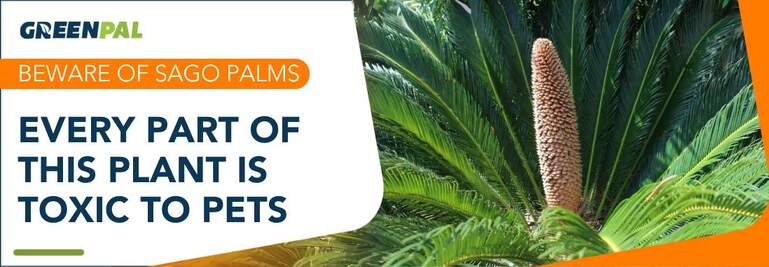
#10 The Mean Sago Palm
If this yard we are perusing is in the deep south or a nice hot tropical climate, there might be a Sago Palm or two. The ornamental plants look great in the yard, but every single part of the plant is poisonous.
Dogs have been known to eat the seeds that fall from the plant. Sadly, only half of the dogs that eat this plant live. Even if they are under the care of a trusted veterinarian.
#11 Spiders and Other Biting Bugs
Look, doghouses or enclosures need to be inspected regularly. Spiders and other biting insects are known to hide out in these safe-havens.
Warning! Don't spray them with pesticides, instead spray them with your water hose. Check often to make sure they have not moved back in.
#12 Friends and Neighbors That Mean Well
Lastly, a hazard you might not have ever considered. Your friends and neighbors. When you have visitors, pay close attention to your gate.
Sometimes our friends don't realize that a dog is watching and waiting for the opportunity to make a break for it. A gate left open will mean a dog on the run.
This nightmare can lead to a dog that never comes home or worse, a dog that is hit by a car.
Frequently Asked Questions
What Common Yard Plants are Dangerous to Pets?
Many common plants, including Easter Lilies, Poinsettias, American Holly, and Alocasia, are toxic to pets. For cats, even a small amount of lily plant can cause kidney failure. It's crucial to know which plants in your yard could pose a risk to your furry friends.
How Can Overhanging Tree Limbs Be a Hazard to Pets?
Overhanging limbs, weakened by weather, can fall and injure pets. It's important to inspect and maintain trees in your yard, especially after winter or before hurricane season, to prevent such accidents.
Why is Metal Lawn Edging Harmful to Pets?
Metal lawn edging can act like knives for pets running through the yard, potentially slicing pads or severing tendons. It's safer to use other edging alternatives or remove metal edging if already installed.
Can Mulch Be Toxic to Dogs?
Certain types of mulch, like cocoa bean mulch, contain toxins that are harmful to dogs. These can cause vomiting, diarrhea, seizures, or even death. Always verify the safety of the mulch used in your yard.
TLDR:
Spring is here, and it's time to make your yard a safe haven for your furry friends!
Here are 12 hidden dangers to watch out for:
1. Toxic Plants (Watch out for lilies, poinsettias, holly, and alocasia - these beauties can be deadly to pets)
2. Falling Branches: Inspect your trees after winter and storms. Overhanging limbs can injure pets.
3. Pesticides & Chemicals: Lock up fertilizers, pesticides, and lawn chemicals to prevent accidental poisoning.
4. Lawn Equipment: Store mowers, shears, and axes safely to avoid accidents.
5. Metal Lawn Edging: This sharp edging can cut paws and tendons. Choose safer alternatives.
6. Toxic Mulch: Cocoa bean mulch is poisonous to dogs. Opt for safer mulch options.
7. Choking Hazards: Pick up toys after playtime to prevent choking.
8. Algae-Filled Water: Keep ponds clean and accessible to prevent sickness from algae.
9. Slug & Snail Baits: These can be deadly to dogs. Choose pet-safe pest control methods.
10. Sago Palms: All parts of this plant are toxic to dogs. Choose different ornamental plants.
11. Biting Insects: Check doghouses and enclosures for spiders and other insects. Use water hoses instead of pesticides.
12. Open Gates: Be mindful of visitors and keep gates closed to prevent escapes.
Now, Go Buy Some Toys!
Ok, now I know the rest of this article was a bit intense. But once you have checked your yard for these hidden hazards, it's time to look around and find ways to make this space fun for your pets.
A visit to the local pet store will be just what the doctor ordered. Bring home the correct size and fetching toys. Buy proper chew toys for the breed you own. Bring home healthy treats.
With a little effort, you can create a safe and fun backyard paradise for your pets to enjoy all season long.
Happy playing!
If you really want to be proactive, check out these ways to make your lawn even safer for your dog.





 Share
Share




